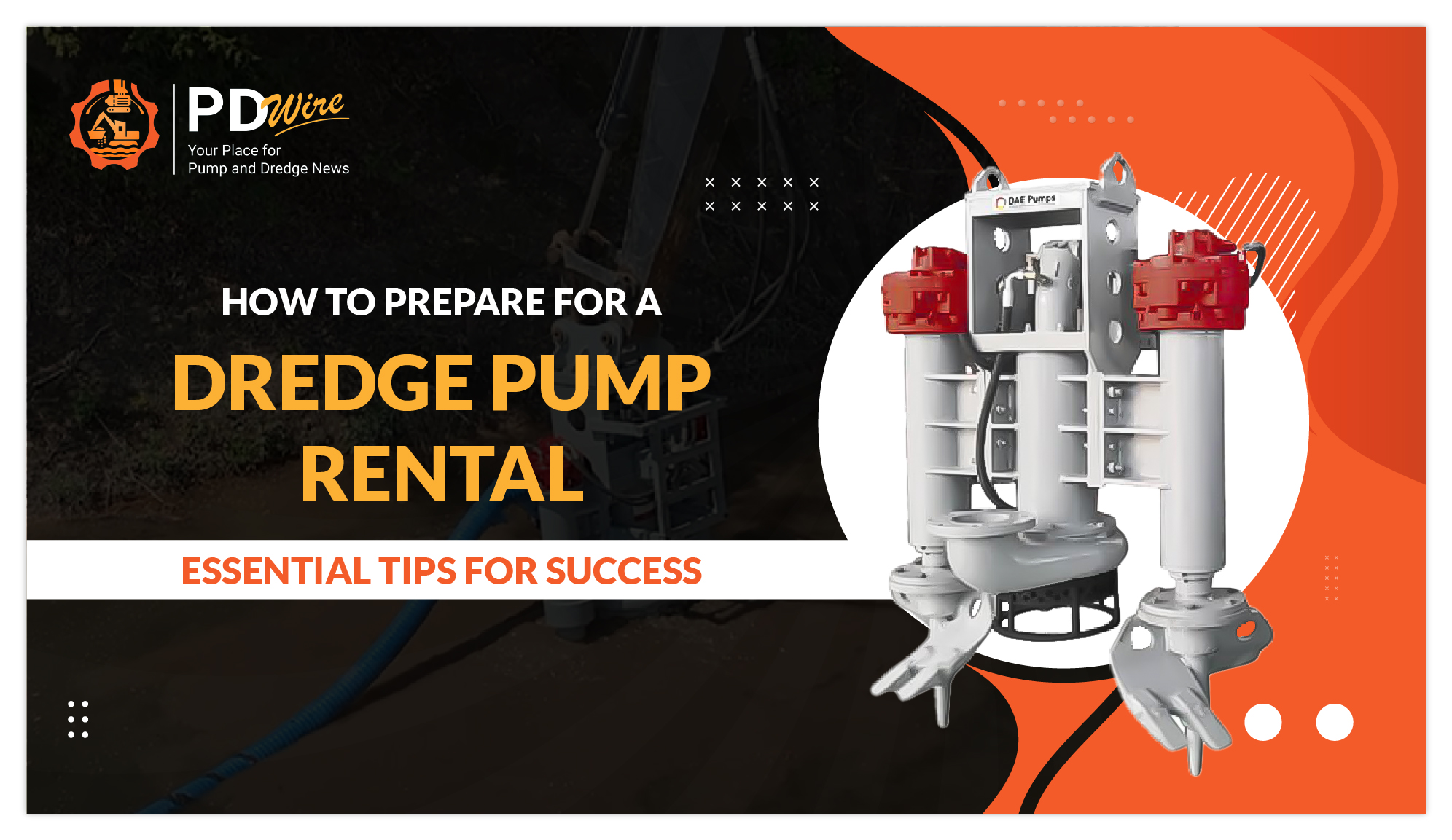Introduction
Dredge pump rentals are crucial for a variety of industries, including construction, mining, and environmental cleanup. These heavy-duty pumps help remove sediment, sludge, and debris from bodies of water, ensuring efficient project execution. Renting a dredge pump can be a cost-effective solution for temporary or specialized projects, but it requires thorough preparation to avoid complications.
Proper preparation for a dredge pump rental ensures smoother operations, minimizes downtime, and prevents costly mistakes. By assessing project needs, evaluating site conditions, and coordinating logistics, you can maximize the success of your dredging project. This guide covers essential tips to help you prepare effectively for a dredge pump rental.
Assessing the Scope of Your Project
Understanding Project Requirements
The first step in preparing a dredging pump for rent is to understand the specific requirements of your project. Every dredging project is unique, so it’s important to gather detailed information about the location, type of materials to be dredged, water depth, and project duration. For example, dredging in a river filled with fine sediment will require a different pump than removing large, heavy debris from a harbor.
Understanding these factors clearly helps you choose the right equipment and plan the logistics necessary for smooth operation. Determine how long you will need the Excavation pump rental and whether the project involves continuous or intermittent use.
Choosing the Right Pump Capacity
Another critical factor to consider is the dredge pump’s capacity. To select the appropriate pump size and type, you’ll need to evaluate the flow rate, head pressure, and the composition of the material being dredged.
Flow rate refers to the volume of material the pump can handle in a given time. Projects requiring high material removal rates will need pumps with larger capacities, while smaller projects may only require medium-capacity pumps. Head pressure, the vertical distance the pump needs to move the material, also impacts the choice of dredge pump rental. Heavy or viscous materials, such as slurry or thick sediment, require more robust pumps.
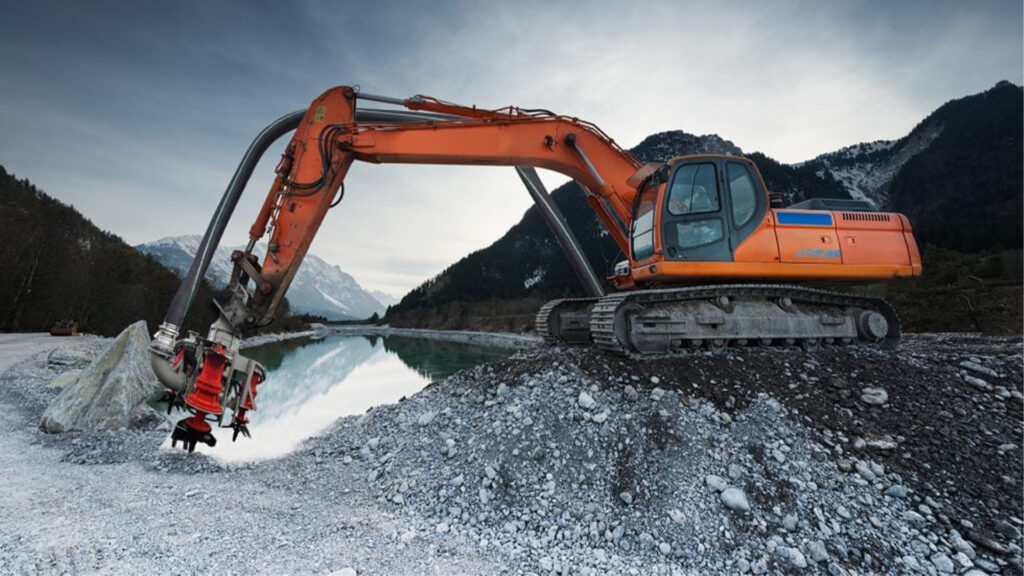
Evaluating Site Conditions
Surveying the Dredging Environment
Before securing an Excavation pump rental, it’s essential to conduct a thorough site assessment. This survey will help identify underwater obstacles, soil types, discharge distances, and the site’s accessibility. Knowing the terrain and potential challenges allows you to select the right equipment and plan for necessary adjustments.
Ensure that you assess any potential hazards that could impact the dredging process, such as hidden boulders, tree roots, or abandoned structures. Understanding the site conditions also helps in positioning the dredge pump rental and planning for the discharge route.
Considering Environmental Factors
Environmental factors, such as tides, currents, and weather, can significantly affect dredging operations and pump performance. Projects located in coastal areas or rivers must consider tidal changes, as low and high tides can impact the efficiency of material removal. Strong currents or waves may also affect equipment stability and positioning.
Plan your dredging schedule around favorable weather conditions to avoid delays or equipment damage. Preparing for such factors ensures that your Dredge equipment rental operates effectively and safely in the field.
Selecting the Right Dredge Pump for Your Project
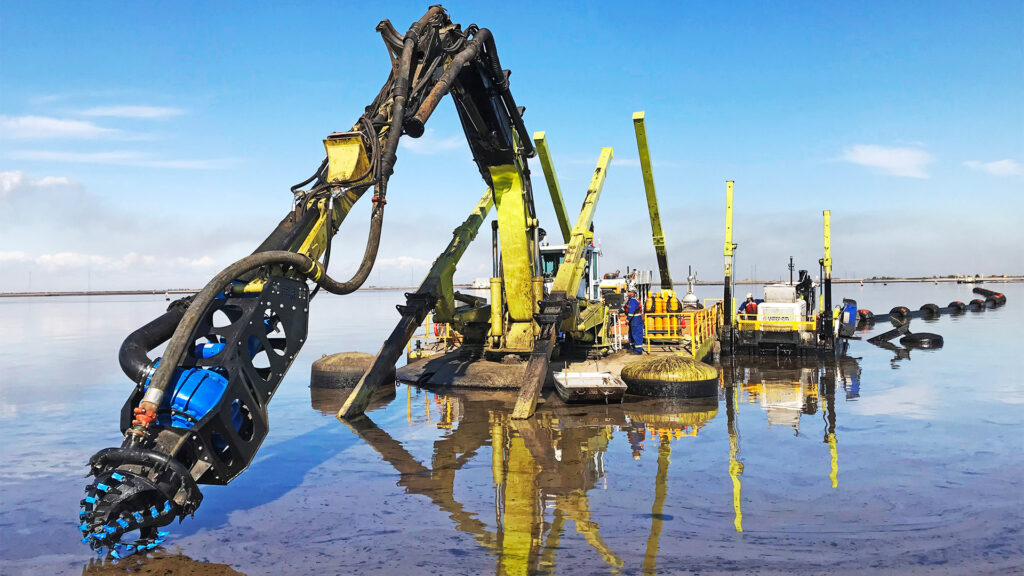
Understanding Different Types of Dredge Pumps
Dredge pumps come in various types, including submersible, hydraulic, and mechanical pumps. Each type serves different purposes depending on the project’s requirements.
Submersible dredge pumps are often used in shallow waters and areas with fine sediment. Hydraulic pumps are ideal for projects that involve moving large quantities of heavy slurry or solids over long distances. Mechanical pumps, on the other hand, are suited for digging and removing more solid materials like gravel and rocks.
Matching Pump Type to Project Needs
Once you’ve assessed your project and site conditions, it’s time to match the right dredge pump rental to your needs. For example, a project dealing with heavy sediment and large debris might require a hydraulic pump, whereas lighter sediment could be effectively managed with a submersible pump.
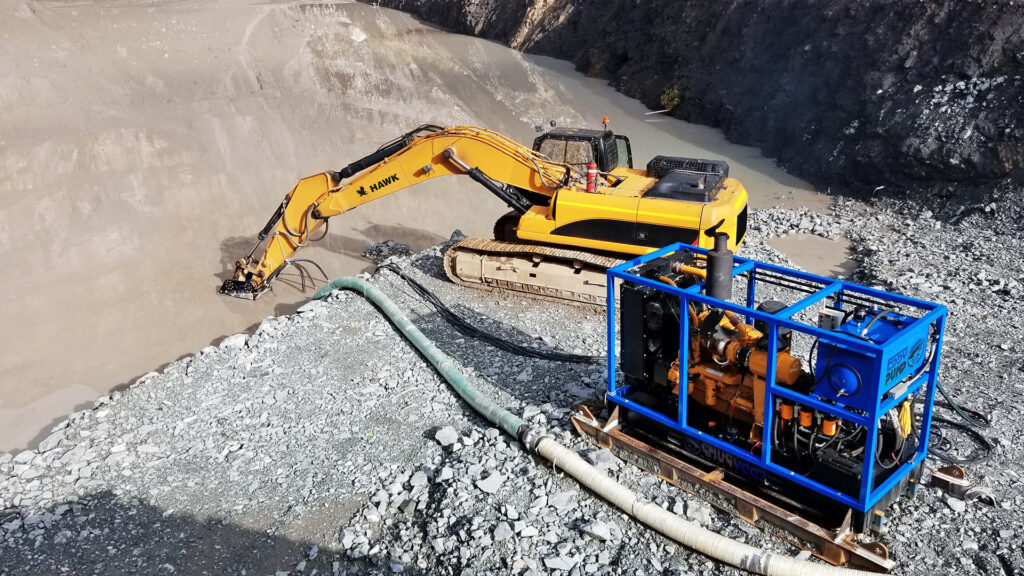
Planning Logistics and Support Equipment
Coordinating Support Equipment
Dredging operations often require more than a pump. Additional equipment like barges, excavators, pipelines, and power sources are essential to ensure the project’s success. When planning your dredging pump rental, consider the size and type of equipment needed to support the dredging process.
Make sure the rented equipment can work together seamlessly. For example, ensure that your dredge pump rental is compatible with the pipelines and discharge system to avoid any disruptions during operations.
Transportation and Delivery Logistics
Proper transportation and delivery planning is vital to avoid delays and unnecessary costs. Ensure that the pump and supporting equipment arrive on-site in a timely manner, and plan for efficient unloading and setup to minimize downtime.
Ensuring Proper Power Supply and Fueling
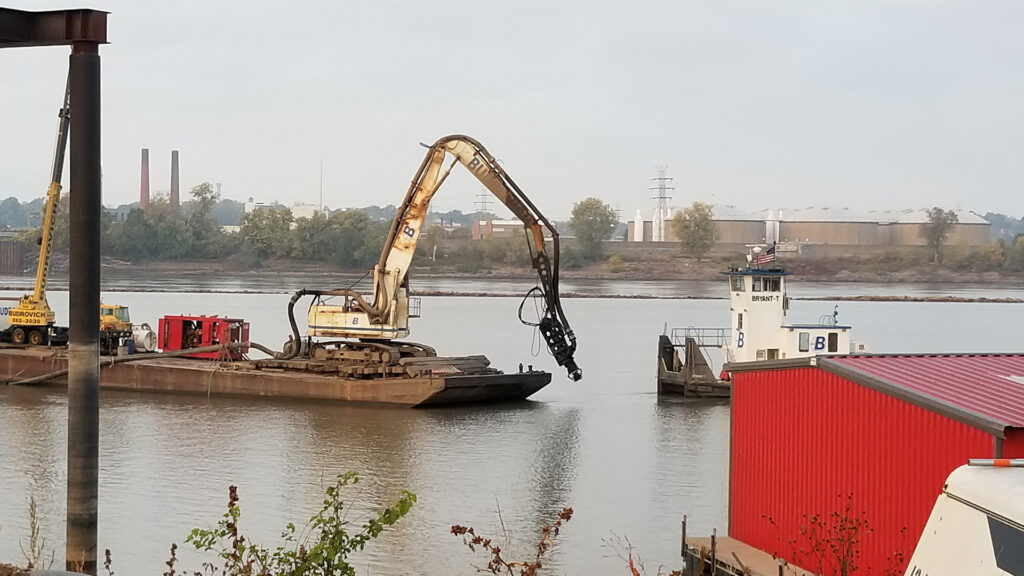
Evaluating Power Requirements
Before renting a dredging pump, verify whether it requires an electric, diesel, or hydraulic power source. Each pump type has different energy requirements, and you must ensure that the site can provide the necessary power supply.
Arranging for Fuel Supply and Backup
Fuel management is critical for maintaining consistent pump performance. Plan for an adequate fuel supply and ensure backup fuel is readily available. Having a fuel management strategy in place minimizes downtime and keeps the dredging pump for rent running smoothly.
Conducting Operator Training and Safety Measures
Training Personnel for Operation
Training is essential for anyone operating a dredging pump for rent. Familiarize your operators with the pump’s controls, maintenance procedures, and troubleshooting techniques to avoid operational issues and ensure safety.
Implementing Safety Procedures
Safety should always be a priority during dredging projects. Ensure that all personnel are equipped with the proper protective gear and follow all relevant safety protocols. Have emergency shutdown procedures in place in case of equipment failure or hazardous conditions.
Scheduling Maintenance and Monitoring Performance
Setting a Maintenance Schedule
Regular maintenance is crucial for keeping your rented dredging pump in top condition. Set a schedule for routine inspections and preventive maintenance to avoid breakdowns and maximize the pump’s lifespan.
Monitoring Pump Performance During Operation
During operation, monitor the dredge pump rental closely to detect any issues early on. Real-time monitoring can help you identify potential problems before they escalate, minimizing downtime and preventing costly repairs.
Preparing for Contingencies
Backup Plans for Equipment Failure
Unexpected breakdowns can occur, so it’s wise to have a backup plan. Keep spare parts or even a backup dredging pump rental on standby to minimize downtime and avoid delays.
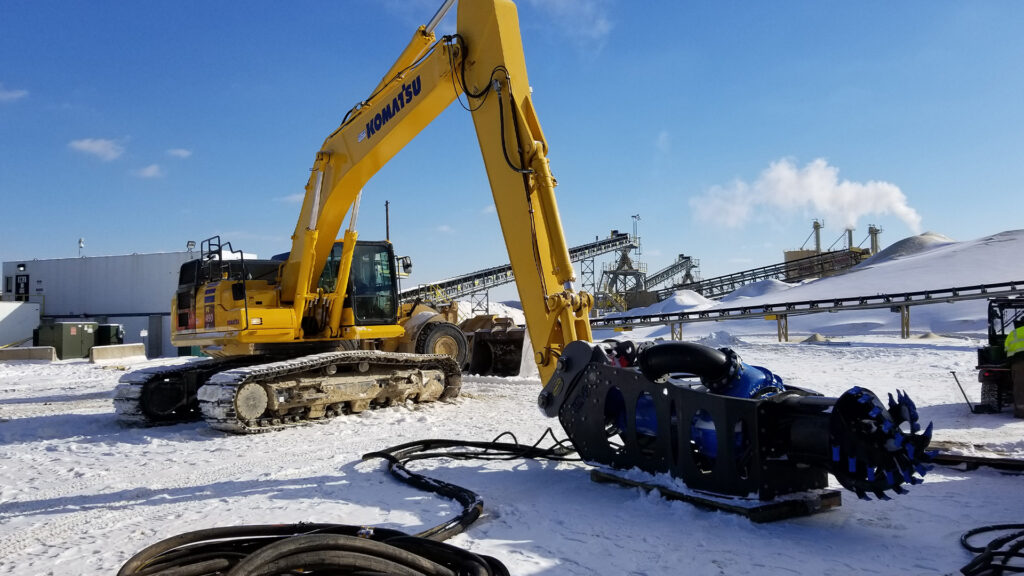
Navigating Permits and Regulatory Requirements
Ensure that your dredging project complies with all local environmental and operational regulations. Securing the necessary permits in advance can help you avoid legal issues and delays, especially in environmentally sensitive areas.
Conclusion
Preparation is key to ensuring a successful dredge pump rental. From selecting the right pump and coordinating logistics to ensuring operator safety and preparing for contingencies, careful planning can make a significant difference in project outcomes. By following these essential tips, you can avoid costly mistakes and ensure your dredging project runs smoothly. For the best results, consider consulting with a professional dredging pump rental company to guide you through the process and provide expert recommendations.
